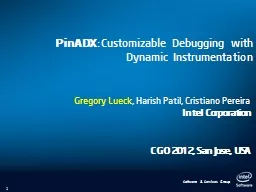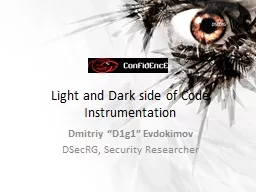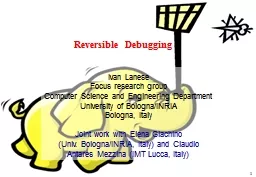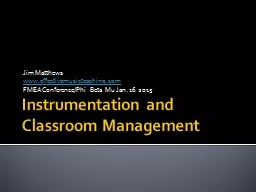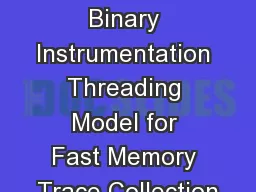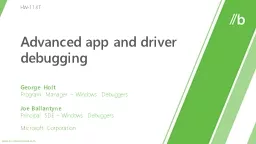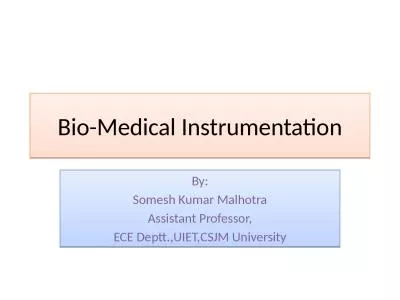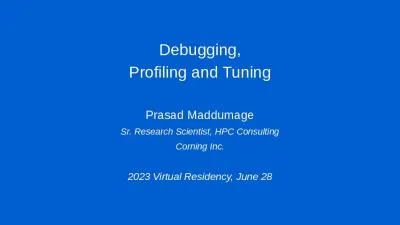PPT-PinADX : Customizable Debugging with Dynamic Instrumentation
Author : GymRat | Published Date : 2022-08-03
Gregory Lueck Harish Patil Cristiano Pereira Intel Corporation CGO 2012 San Jose USA 1 Hypothetical Problem 1 2 gdb run Program received signal SIGSEGV Segmentation
Presentation Embed Code
Download Presentation
Download Presentation The PPT/PDF document "PinADX : Customizable Debugging with Dyn..." is the property of its rightful owner. Permission is granted to download and print the materials on this website for personal, non-commercial use only, and to display it on your personal computer provided you do not modify the materials and that you retain all copyright notices contained in the materials. By downloading content from our website, you accept the terms of this agreement.
PinADX : Customizable Debugging with Dynamic Instrumentation: Transcript
Download Rules Of Document
"PinADX : Customizable Debugging with Dynamic Instrumentation"The content belongs to its owner. You may download and print it for personal use, without modification, and keep all copyright notices. By downloading, you agree to these terms.
Related Documents

